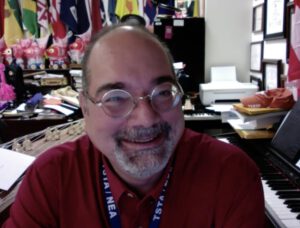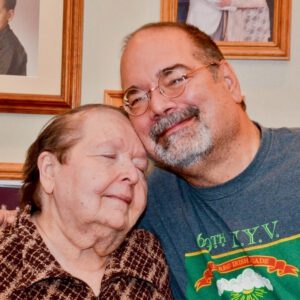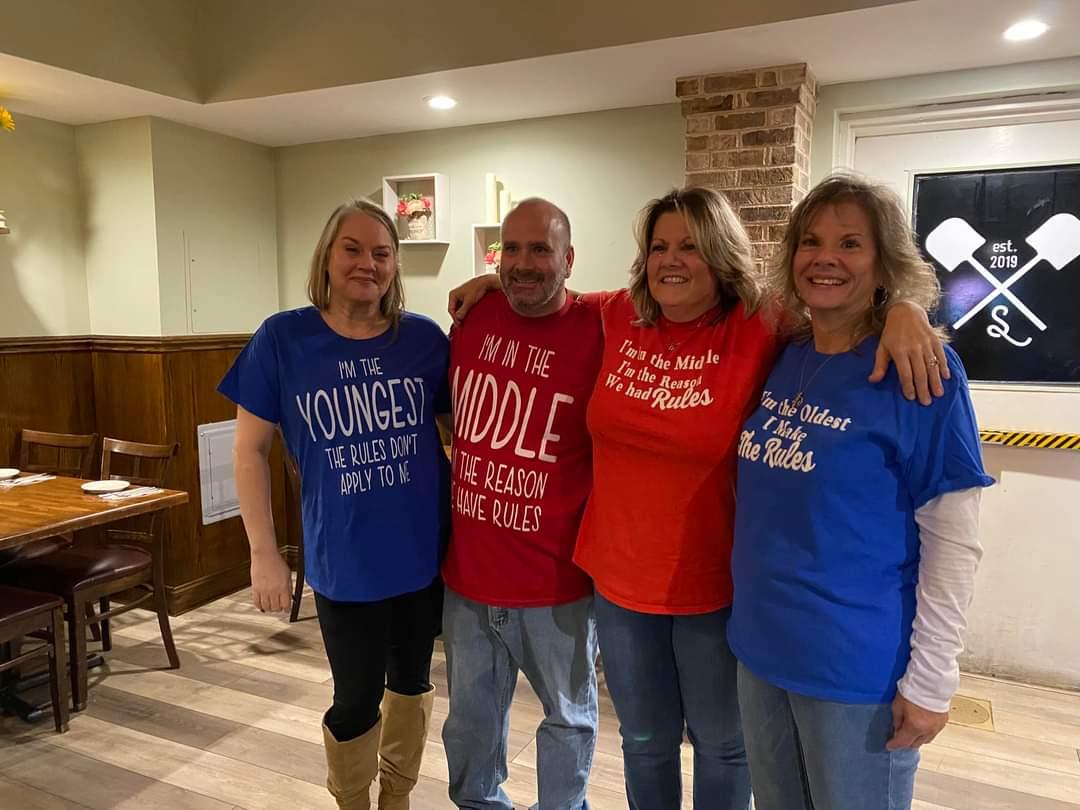Stephen Duncan felt a strong connection to Mexican American culture for most of his life, but never knew the truth of his Hispanic ancestry. As we finish
Adopted as an infant in western Oklahoma in 1961, Stephen and his adoptive parents believed his ancestry was largely Native American and German. To cultivate that connection, Stephen’s adoptive father Harlston Duncan—himself partly Native American—helped Stephen learn about what they believed were his deep Native American roots. This became a significant part of Stephen’s early life, and he continues to cherish that cultural connection, even after learning that it wasn’t a totally accurate picture of his heritage.
Sacred Music
Raised in Oklahoma and now based in Galveston, Texas, Stephen was trained as an ethnomusicologist and attended Seminary at the University of Notre Dame. He has three degrees from Southwestern Oklahoma State University and a doctorate in sacred music from the University of Memphis. He is the Bishop of the Orthodox-Catholic Church of America in Galveston. Stephen also serves as the Director of Fine Art for the Galveston Independent School District.
It wasn’t until recently that Stephen started to search for more information about his birth family. He’d always been curious but didn’t want to hurt his adoptive mother Marian Duncan’s feelings, so he waited until after her passing to investigate. He first used 23andMe’s Health + Ancestry Service to learn more about how his DNA may impact his health. While the genetic insights were helpful, he says, he was amazed by what he learned about his heritage. It was much different than he expected.
A Unexpected Ancestry Composition
According to his Ancestry Composition, about 40 percent of his DNA was from Great Britain and Ireland, about 18 percent from France and Germany, and 13 percent was from Spain and Portugal. Another surprise, he had a small amount of Ashkenazi Jewish ancestry. To his surprise, only about 2 percent of his ancestry was Native American.
Stephen’s biggest surprise though came in 2018, when he received an email from Gabriel Ruggieri, another 23andMe customer who’d opted into DNA Relatives. The message said:
“I just got the report today that we are half brothers,” Gabriel wrote. “It appears we share a mother. If you would like to know me a little more let me know.”
Meeting His Birth Mother

Stunned by the news, Stephen soon learned that his birth mother, Rosa Ruggieri, lived in Urbandale, Iowa, not far from his newly found half brother Gabriel, and four more half-siblings. With their help, Stephen began to explore the rich history of his birth family.
Rosa’s father was Irish American, and her mother was Mexican American, descended from a centuries-old family-centered in the town of Jalostotitlan in the state of Jalisco, Mexico. Stephen’s great grandfather Pedro Gonzales Cornejo immigrated to Texas to escape Pancho Villa in the early 20th century and found work on the railroad. The Cornejo family, Stephen discovered, traces its descent through Spain and Italy as far back as the early 16th century. Thus far, Stephen has been able to follow his family tree as far back as 1505, to an ancestor named Hernando Jaen del Salto Cletages in the town of Jaen in Andalusia, Spain. His mother Rosa feels a strong connection to her Spanish and Mexican roots, and Stephen now calls her mi Madre. This feels appropriate, he said, and helps differentiate Rosa from his adoptive mother.
Connecting with His Mexican Roots
The discovery of his Hispanic heritage has only deepened Stephen’s lifelong appreciation of Mexican and Mexican American culture. “To know that all this stuff you find really cool is part of your family history is amazing,” he said.
Stephen joined a Hispanic Dance group through his position at the Galveston Independent School District and hopes to start a Mariachi band. He has also long loved the music associated with the Sephardic Jewish culture, brought to Mexico through Spain and Portugal beginning in the flight from the Inquisition in the early 1500s. Discovering his small degree of Jewish heritage has helped him deepen that association as well, and to explore the link between the Sephardic and Mexican cultures.

Stephen, second row on the right, with his new found siblings.
“There are many connections to the Sephardic Jewish culture in what we associate with Mexico,” he said. “While corn tortillas had been used for thousands of years, Sephardic Jews may have helped develop wheat flour tortillas as a type of unleavened bread. And the traditional spinning top we see in Mexico was probably influenced by the Jewish dreidel.”
This rich blending of cultures and ancestry through birth and adoption continues in the next generation of Stephen’s family—one of his half-siblings adopted four children from Russia.
Having traveled often to Mexico as a tourist before he knew his heritage, Stephen visited his family’s ancestral town of Jalostotitlan for the first time in 2018. While few Cornejos remain in the area, a local who had known the family remarked on Stephen’s resemblance. “Yep, you look like a Cornejo,” she told him with a smile. For Stephen, the trip to Jalostotitlan felt like an unexpected homecoming.



